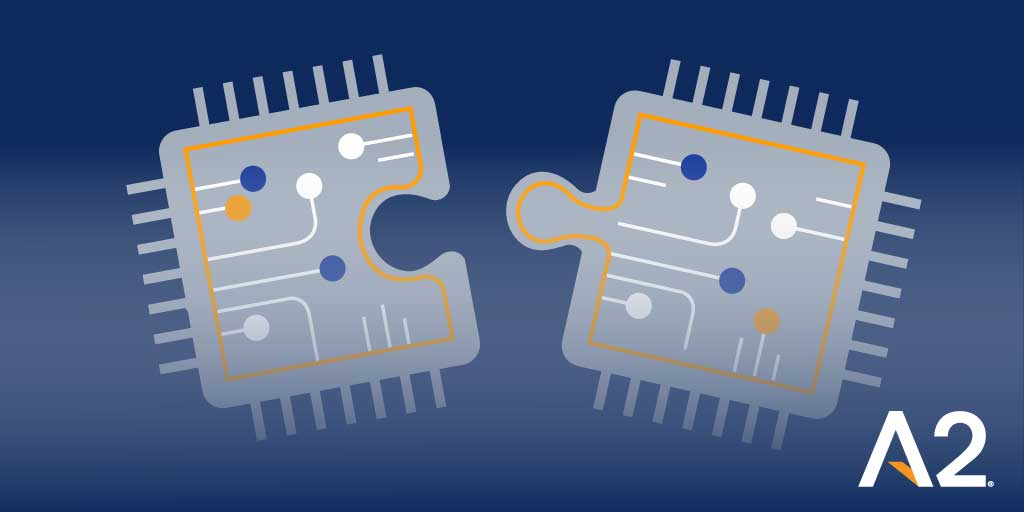A PATTERN OF SEMICONDUCTOR MERGERS CLOSELY FOLLOWED BY A SURGE IN END-OF-LIFE NOTICES TOOK SHAPE IN THE LAST DECADE. ARE WE DUE FOR ANOTHER WAVE OF END-OF-LIFE SEMICONDUCTORS?
During the middle of the last decade, we saw a huge wave of semiconductor mergers. Two years later, there was an equally sizable wave of end-of-life (EOL) notices of semiconductor parts.
Now, well into 2021, history appears to be repeating itself. 2020 brought an all-time high of semiconductor mergers reaching $118 billion in total M&As, with the five biggest acquisitions hitting near $94 billion. These included Analog Devices purchasing Maxim, and Nvidia’s offer to acquire ARM. With these major mergers, notices for end-of-life semiconductors are likely to follow.
What’s happening behind the scenes?
In the aftermath of these major 2020 mergers, we expect to see the EOL wave again within 18 months to two years. Behind the scenes of mergers, purchasing companies are streamlining products from the companies that they acquire. Streamlining eliminates redundancy and increases efficiencies for the semiconductor manufacturers, but these upstream mergers and acquisitions can have major impacts on your product lifecycles.
How can we estimate the timeframe? We are looking at dynamics similar to the increase in mergers in 2015. In 2017 — around two years after the 2015 mergers — there was a surge in EOL notifications. At that time, IHS Markit reported the daily average of EOL notices was reaching 15 per day, while the average semiconductor PCNs per day reached 38.
So, as we approach the same scenario again, it’s reasonable to anticipate another round of cutbacks to a variety of part offerings. Having a partner in your supply chain can help prepare for and respond to these disruptive events.
As numbers of end-of-life semiconductors rise, the risk of counterfeit rises
Demand, driven by end-of-life semiconductors, has the unwanted effect of increasing the growth of counterfeit parts in the market. When the market is stressed, opportunistic actors take advantage of the demand by flooding the market with counterfeit parts. End-of-life components are estimated to comprise 71% of counterfeit part reports since 2013. With counterfeit parts resulting in $7.5 billion of revenue losses a year, do not overlook the connection between mergers, EOL, and counterfeit risk. Finding a supplier with exceptional vetting processes and an excellent reputation is a good guard against counterfeit risk.
Creating solutions for EOL sourcing
Managing end-of-life and obsolescence means sifting through a unique set of challenges for each part. Factors like the current market conditions and required product volume can create particular challenges for any given part. Creating a sourcing plan requires considering a myriad of factors, and then pairing those factors with the right data.
Global sourcing can present logistical challenges and raise quality concerns, but the right data makes identifying the availability of hard-to-find parts less challenging. Forecasting can also support a healthy supply chain strategy. With a product lifecycle forecast, you can avoid spec-in products that may go obsolete, reducing the risk of confronting obsolescence problems during production.
With a wave of end-of-life semiconductors coming, this is the time to gather insights from historical trends and put data to work for you in shaping custom strategies to avoid future problems.
詳細はこちら

